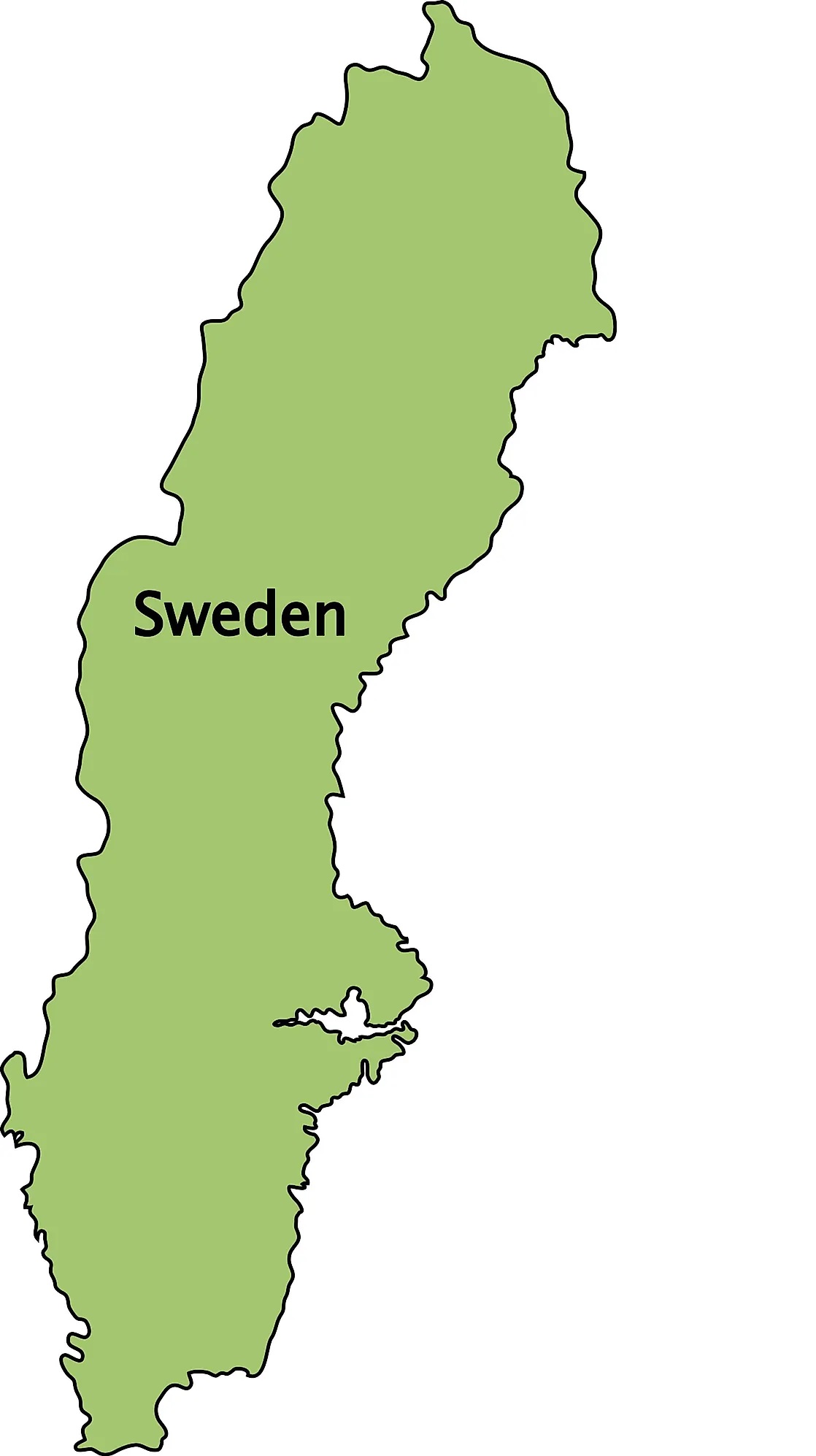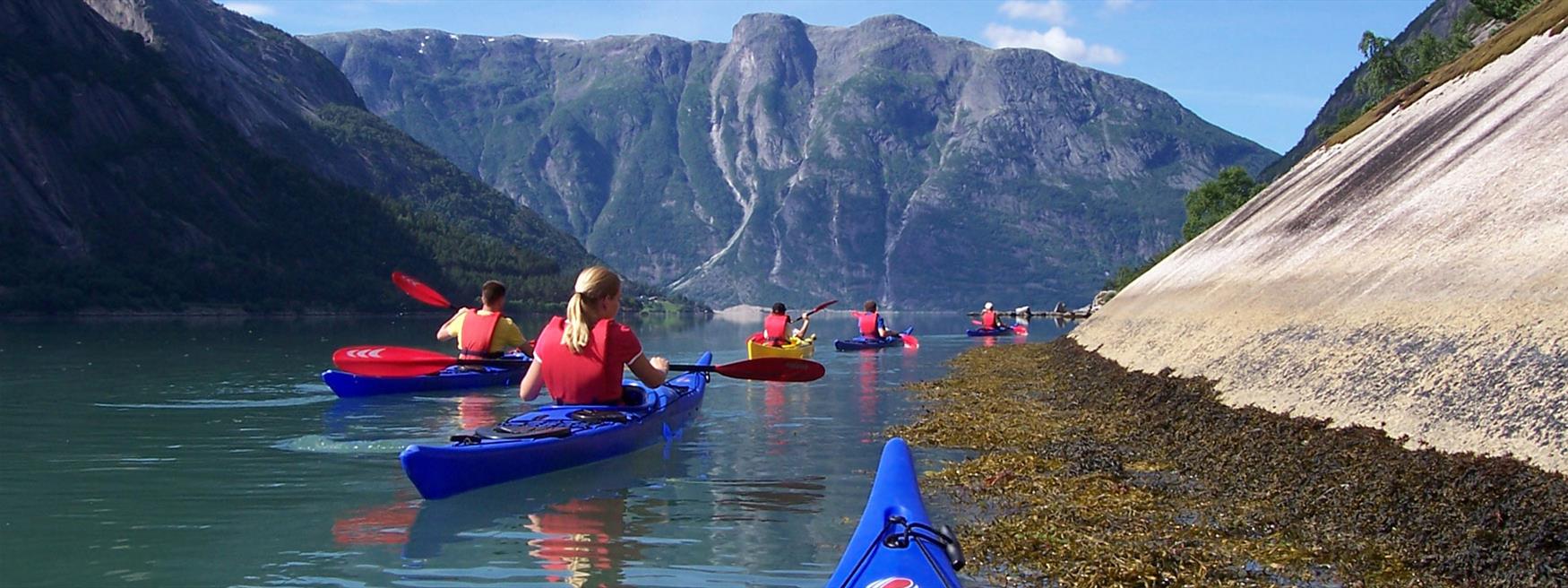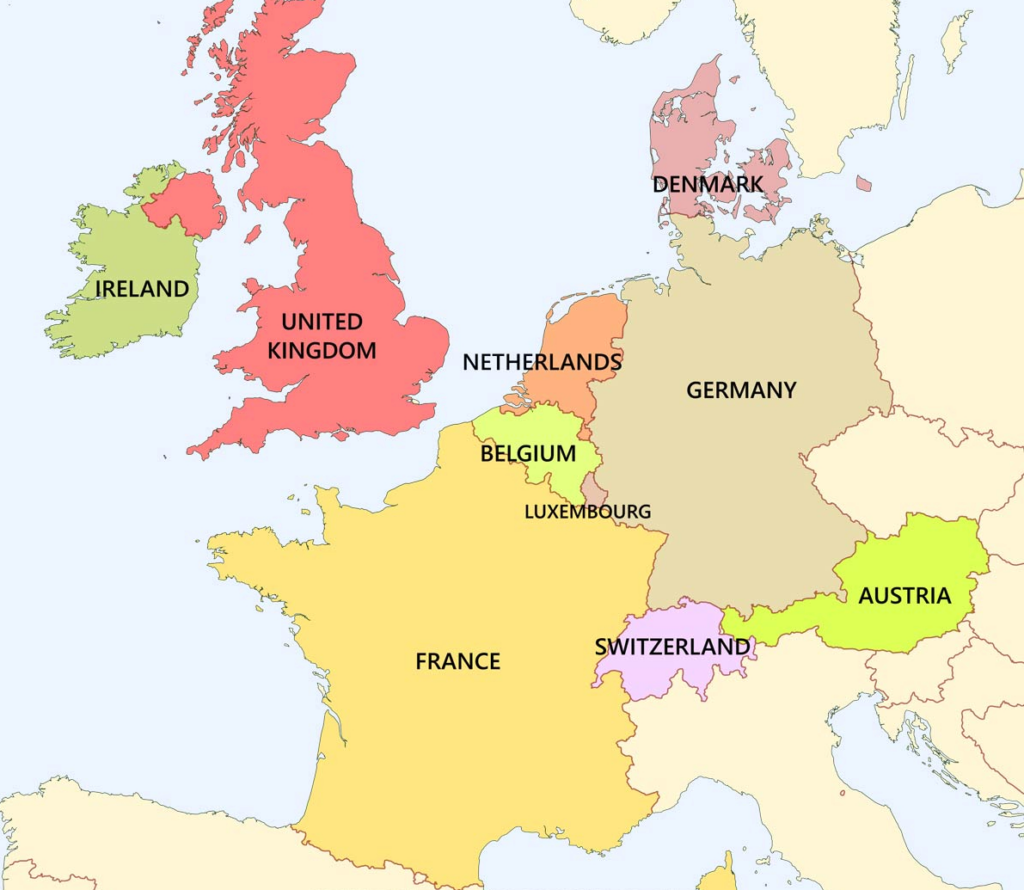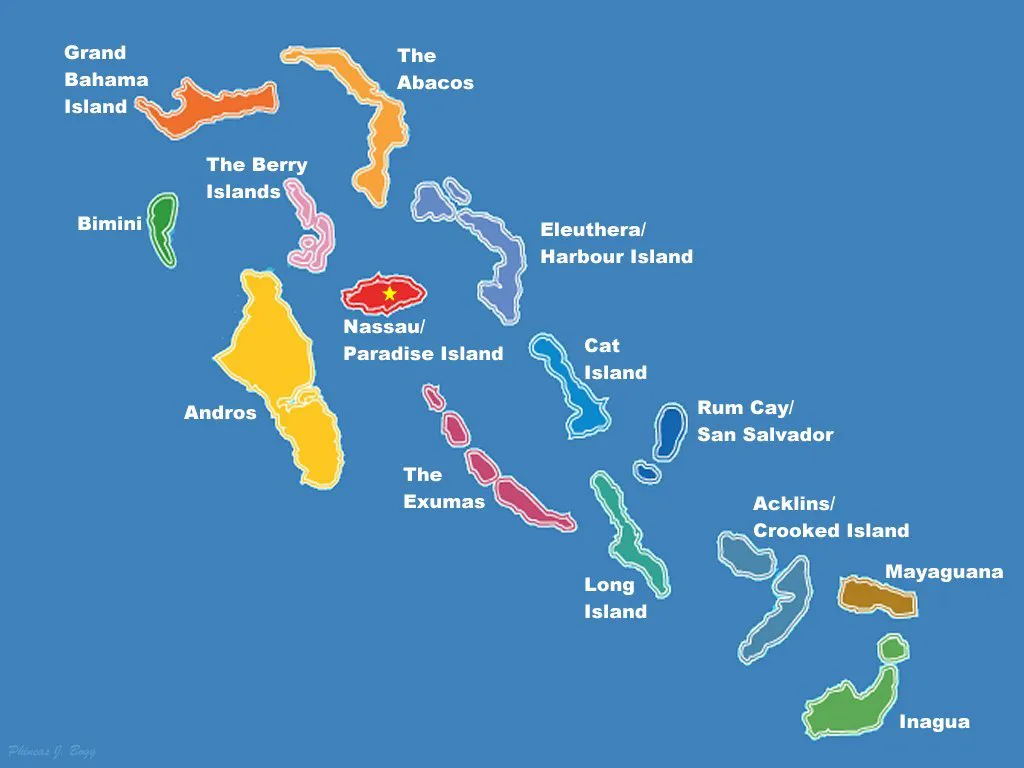Introduction to Sweden
Sweden, located in Northern Europe, is celebrated for its progressive society, pristine wilderness, and contributions to global innovation. This guide provides an in-depth exploration of Sweden’s geography, history, culture, and economic landscape, supported by detailed maps and intriguing facts.
Geography of Sweden
Sweden is characterized by diverse geographical features, including
- Northern Wilderness: Vast forests, pristine lakes, and Arctic tundra.
- Coastline: Extensive archipelagos along the Baltic Sea and Gulf of Bothnia.
- Mountains: The Scandinavian Mountains along the Norwegian border.
Historical Evolution
Sweden’s history spans from ancient times to modern-day, marked by
- Viking Era: Exploration and trade routes across Europe and beyond.
- Union with Norway: Kalmar Union (1397-1523) and subsequent independence.
- Industrial Revolution: Transformation into a modern welfare state.
Cultural Highlights
Swedish culture is renowned for
- Literature and Arts: Influential authors like Astrid Lindgren and August Strindberg.
- Design and Architecture: Modernist design principles and sustainability.
- Cuisine: Traditional dishes like meatballs, herring, and fika (coffee break).
Economic Strengths
Sweden’s economy thrives on
- Innovation: Leading in technology, telecommunications, and green energy.
- Exports: Machinery, automobiles, pharmaceuticals, and forestry products.
- Welfare State: Comprehensive social welfare programs and high living standards.
Notable Landmarks and Attractions
Key landmarks include
- Stockholm: Capital city with the Vasa Museum and Royal Palace.
- Gothenburg: Historic port city and cultural hub.
- Swedish Lapland: Northern lights, Sami culture, and Arctic adventures.
Sweden Maps
Explore Sweden through detailed maps showcasing
- Geographical Regions: Southern plains, central lakes, and northern mountains.
- Cities and Provinces: Stockholm, Gothenburg, Malmo, and their surrounding regions.
- Transport Networks: Roads, railways, and waterways connecting urban centers and rural areas.
Fun Facts about Sweden
- Midsummer Celebration: Festivals with dancing around the maypole.
- Nobel Prize: Prestigious awards for literature, science, and peace.
- Allemansrätten: Freedom to roam and access public lands.
Travel and Tourism
Sweden attracts visitors with
- Outdoor Activities: Skiing, hiking, and kayaking in scenic landscapes.
- Cultural Experiences: Museums, music festivals, and historical sites.
- Northern Lights: Aurora borealis sightings in Swedish Lapland.
Sustainable Practices
Sweden emphasizes
- Environmental Stewardship: Renewable energy and eco-friendly initiatives.
- Social Equality: Gender equality and multicultural integration.
- Education and Innovation: Investment in research and development.
Conclusion
Sweden’s maps and facts reveal a country rich in natural beauty, cultural diversity, and economic prosperity. As Sweden continues to innovate and embrace sustainability, its role on the global stage remains pivotal. This guide serves as a comprehensive resource for understanding Sweden’s dynamic landscapes, vibrant culture, and contributions to global society.
What are 5 facts about Sweden?
Sweden is known for its stunning landscapes, progressive social policies, and contributions to innovation and culture. It boasts a high standard of living, embraces sustainable practices, and is home to the Nobel Prize.
What is the location of Sweden on the world map?
Sweden is located in Northern Europe, sharing borders with Norway to the west and Finland to the northeast. It is also connected to Denmark via the Öresund Bridge in the south.
Why is Sweden so big on the map?
Sweden appears relatively large on maps due to its position at high latitudes and the Mercator projection, which exaggerates the size of countries near the poles.
What is Sweden known for geographically?
Geographically, Sweden is renowned for its thousands of coastal islands, extensive forests, numerous lakes (including Lake Vänern, the largest), and the Scandinavian Mountains along its western border with Norway.
What is Sweden most famous for?
Sweden is most famous for its design aesthetics, such as IKEA and Volvo, its social welfare system, the Northern Lights (Aurora Borealis), and being the birthplace of ABBA and the Nobel Prize.
What is Sweden’s region called?
Sweden is divided into three major regions: Norrland in the north, Svealand in the central part, and Götaland in the south.
What is the largest lake in Sweden?
The largest lake in Sweden is Lake Vänern, located in the southwestern part of the country. It is also the third-largest lake in Europe.
What is the national motto of Sweden?
The national motto of Sweden is “För Sverige – i tiden,” which translates to “For Sweden – With the Times.”
What is a symbol for Sweden?
One of the symbols of Sweden is the Dala horse (Dalahäst), a traditional wooden horse figurine painted in bright colors and often associated with Swedish handicrafts.
What is the national flower of Sweden?
The national flower of Sweden is the Linnaea borealis, also known as the twinflower, named after the Swedish botanist Carl Linnaeus.
- The Largest Lizards In The World - September 9, 2024
- Taos, New Mexico - September 9, 2024
- The Most Colorful Birds From Around The World - September 9, 2024





